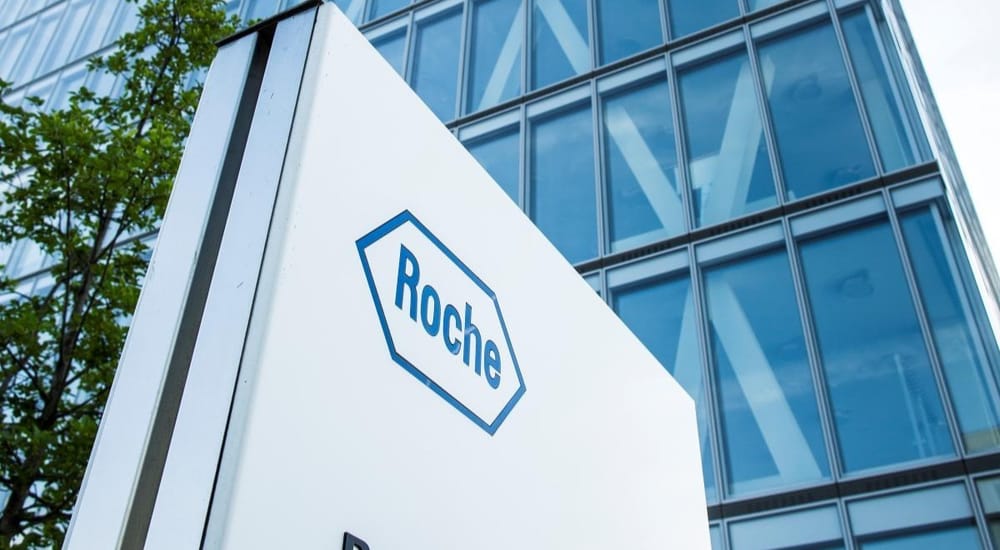Novo Nordisk’s (NVO) Weight‑Loss Wobble
Investors who can stomach a few quarters of volatility should treat Novo’s recent stumbles as the sort of discount that doesn’t linger long in obesity’s gold rush.

The global scramble to shrink waistlines has minted two unlikely stock‑market titans: Denmark’s Novo Nordisk and Indiana‑based Eli Lilly. Together they have turned obscure gut hormones into the most sought‑after medicines since statins, sending their combined market value past $1 trillion. Yet after a bruising spring, some analysts wonder whether Novo’s long reign is ending. The answer, like most things in obesity care, depends on which numbers you choose—and how many sterile manufacturing suites you can build in a hurry.
For now, Lilly is swinging the heavier bat. Quarterly sales of tirzepatide, marketed as Mounjaro for diabetes and Zepbound for obesity, lifted Lilly’s fourth‑quarter 2024 revenue 45% to $13.5 billion, a feat that would make most tech companies blush. In head‑to‑head trials, the dual GIP/GLP‑1 agonist trims roughly 20‑22 percent of body weight at 72 weeks—several belt notches more than Novo’s semaglutide alone. Investors have rewarded that edge: Lilly’s shares trade at more than 65 times forward earnings, while Novo has sunk to the mid‑40s.
Novo’s counterpunch was supposed to be CagriSema, a weekly cocktail that marries semaglutide with the amylin analogue cagrilintide. Top‑line data last December showed 22.7 percent weight loss in people without diabetes—respectable, but shy of the 25 percent many had penciled in. Worse, when the REDEFINE‑2 trial enrolled patients with type 2 diabetes, the benefit slid to 15.7 percent, triggering an eight‑percent sell‑off in Novo’s shares and fresh scepticism about a drug once touted as the “Wegovy killer”. Critics blame trial design: diabetics typically shed pounds more slowly, and Novo opted for a lower semaglutide dose to ease tolerability. Either way, Lilly kept the upper hand.
Yet science rarely moves in straight lines. At June’s American Diabetes Association meeting, Novo unveiled Phase 1/2 data for amycretin, a one‑molecule fusion that activates both GLP‑1 and amylin receptors. Patients on the highest injectable dose lost up to 24 percent of their body weight in just 36 weeks—twice as fast as tirzepatide achieved a similar reduction—and without obvious safety red flags. An oral version shed more than 13 percent in 12 weeks, hinting at a pill potency that could upend the injectable market. Novo has already vaulted both formulations into Phase 3, an unusually aggressive timetable that signals management’s confidence.
Pipeline intrigue aside, the real moat in obesity medicine is neither molecule nor patent but piping—specifically, the steel, glass and clean‑room air handlers that churn out billions of pre‑filled pens. Novo spends like an oil major to defend that advantage: $6 billion for a new Kalundborg line, $4 billion for a second fill‑finish plant in North Carolina, another $1.1 billion for an expansion in Brazil, and roughly $9 billion budgeted for 2025 alone. Last year it paid $11 billion for three Catalent facilities to accelerate capacity from 2026 onward, a purchase analysts liken to buying the railway rather than just the train.
That firepower is starting to tell. In February the U.S. Food and Drug Administration declared the semaglutide shortage over, ordering compound pharmacies to halt copy‑cat versions of Wegovy and Ozempic within 60 days.. The ruling restores pricing power to the originator just as Novo’s expanded lines come onstream. Meanwhile, competitors from Boehringer to Amgen tout provocative early‑stage data, but few have booked the billions needed to scale production at pharmaceutical‑grade sterility. Even Lilly, despite its own $9 billion build‑out in Indiana, warns that supply will lag demand well into 2026.
Financially, Novo is hardly limping. Obesity‑care revenue jumped 57 percent to DKK 65.1 billion ($9.6 billion) last year, and the company still commands more than two‑thirds of worldwide GLP‑1 volume. Yes, management trimmed its 2025 outlook after compounded knock‑offs pinched U.S. sales, but the FDA’s crackdown should reverse that drag by the second half. And as Europe’s most valuable company, Novo can fund amycretin’s Phase 3 blitz without tapping equity markets—a luxury smaller challengers lack.
So is Novo Nordisk bust? Hardly. Lilly owns the scorecard today, and CagriSema’s middling diabetes readout gives the Indianapolis giant a marketing cudgel. But Novo’s mix of deep pockets, deeper reactors and a pipeline sprinting toward 25‑plus‑percent weight loss suggests the race is far from over. In a drug class where capacity is king and every marginal vial sells itself, a buy‑and‑build strategy can be as potent as any hormone.
Bottom line: Investors who can stomach a few quarters of volatility should treat Novo’s recent stumbles as the sort of discount that doesn’t linger long in obesity’s gold rush. With a P/E of only around 15-16x for 2025, valuation is compelling.
This column is for information purposes and should not be construed as investment advice.
Author

Investment manager, forged by many market cycles. Learned a lasting lesson: real wealth comes from owning businesses with enduring competitive advantages. At Qmoat.com I share my ideas.



